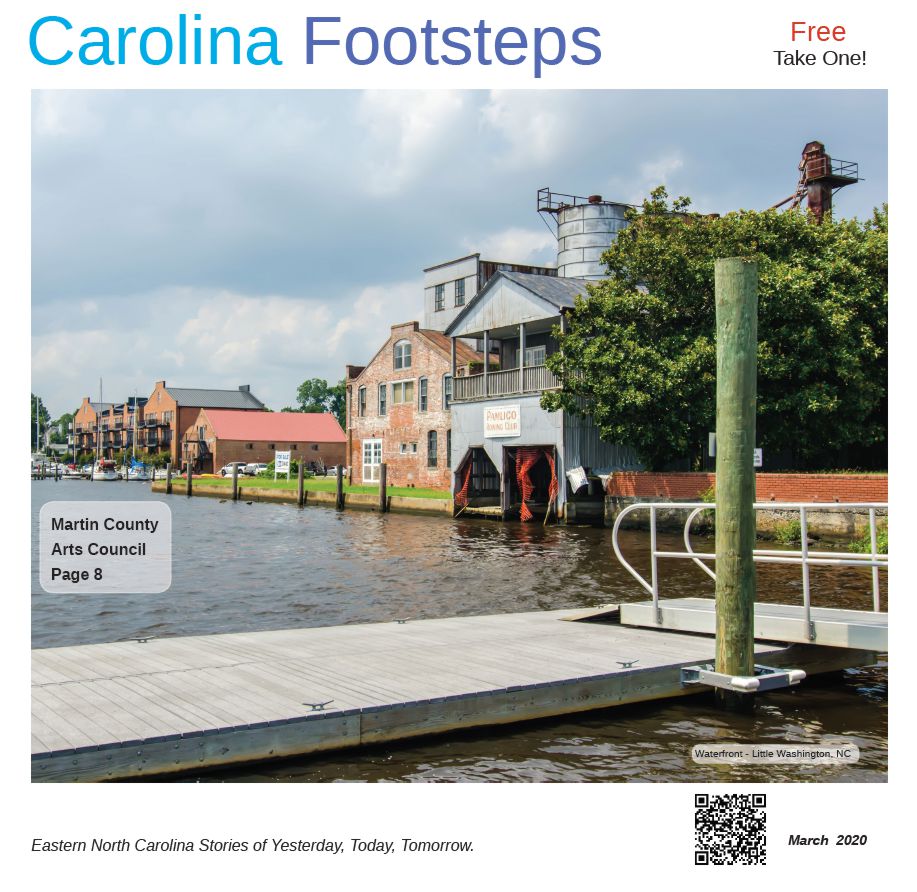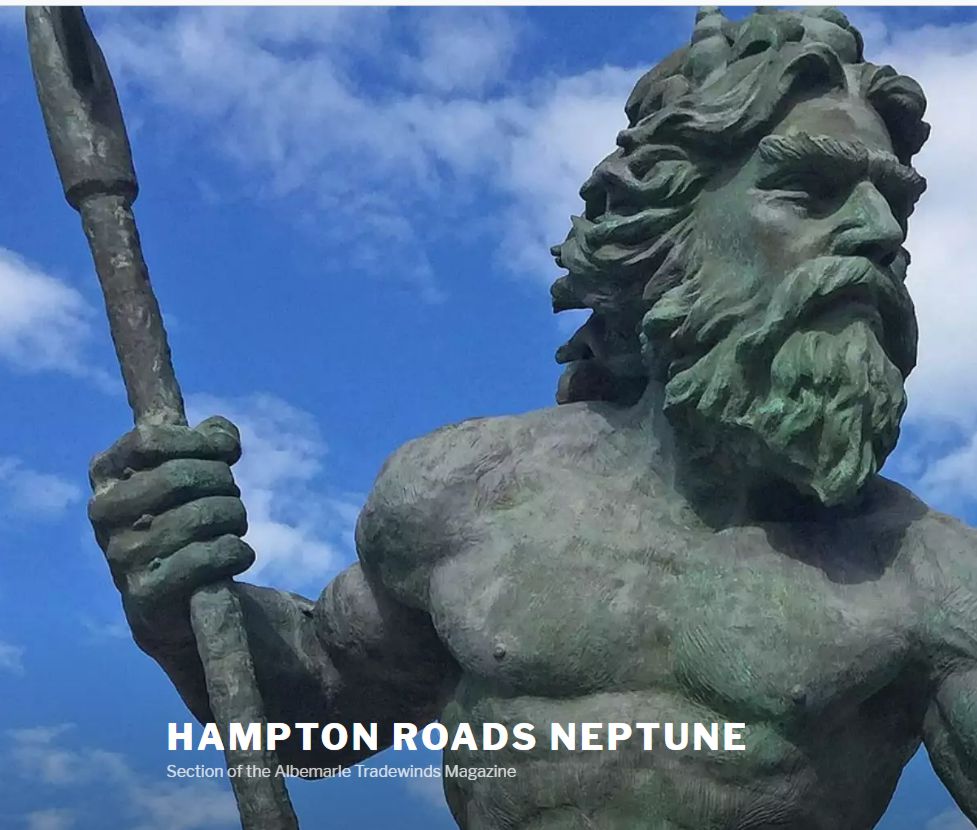MANTEO, NC Elizabeth II, whose homeport is Roanoke Island Festival Park, will be docked on the state dock at Bath Historic Site November 16 and 17th. The voyage is sponsored by the Friends of Elizabeth II, a 501c3 non-profit organization supporting history, education and arts programs of the Elizabeth II and RIFP. roanokeisland.com
The ship will host Beaufort County school students on Wednesday, November 16 and Thursday, November 17 from 9:00 to 2:30. From 2:30 to 5 p.m., on both days, the ship will be free and open to the public. Bath Historic Site will have Heritage Day programs on their grounds on Wednesday and Thursday for the school tours.The Elizabeth II will begin her return to RIFP November 18 and back at her homeport November 20 ready to receive visitors November 21.
Kim Sawyer, Executive Director of Roanoke Island Festival Park says “The Elizabeth II’s last visit to Bath was in 2005. Were excited to return. Bath Historic Site is the perfect setting to board the ship and step back into history with our costumed interpreters. The Historic Bath Commission has been a great planning partner to host the students and citizens in Bath and the surrounding communities.”
Historic Bath is North Carolina's oldest incorporated town (1705), featuring several restored period homes and is a North Carolina State Historic Site.
The first settlers were French Protestants from Virginia. Among early inhabitants were John Lawson, surveyor general of the colony and author of the first history of Carolina (1709), and Christopher Gale, first chief justice of the colony.
By 1708, Bath consisted of 12 houses and about 50 people. Trade in naval stores, furs, and tobacco was important, and Bath became the first port of entry into North Carolina.
Early Bath was disturbed by political rivalries, epidemics, Indian wars, and piracy. Cary's Rebellion (1711) was an armed struggle over religion and politics in the colony. An epidemic of yellow fever and a severe drought occurred in 1711. The Tuscarora War between the weakened settlers and the powerful Tuscarora Indians followed immediately. Bath became a refuge for the surrounding area until the Indian power was broken. Bath was also the haunt of Edward Teach, better known as the pirate "Blackbeard." An expedition of the British Navy killed him in a naval battle near Ocracoke in 1718.
Later Bath offered a more peaceful, settled life. The first Beaufort County courthouse was built in the town in 1723. Construction of St. Thomas Church, oldest existing church in the state, began in 1734. In 1751, Capt. Michael Coutanch, a merchant, legislator, and commissioner for Bath and Portsmouth, built what is today known as the Palmer-Marsh House, Bath's oldest, and in the colonial period, its largest residence.
The General Assembly met in Bath in 1743, 1744, and 1752. In 1746 the town was considered for capital of the colony. Governors Robert Daniel, Thomas Cary, Charles Eden, and Matthew Rowan made Bath their home for a time, as did Edward Moseley, long time speaker of the assembly.
By the turn of the 20th century, Bath had improved land transportation. Waterborne activities also increased as several large sawmills were operated nearby.
Yet Bath remains a small village. Restoration efforts in Bath have preserved the St. Thomas Church, the Palmer-Marsh House, Van Der Veer House (ca. 1790), and the Bonner House (ca. 1830). The original town limits are the boundaries of a National Register Historic District.www.historicbathnc.
Roanoke Island Festival Park, the home of Elizabeth II, is part of the N.C. Department of Natural and Cultural Resources (NCDNCR) a state agency with a vision to be the leader in using the state’s natural and cultural resources to build the social, cultural, educational and economic future of North Carolina. Led by Secretary Susan Kluttz, NCDNCR's mission is to improve the quality of life in our state by creating opportunities to experience excellence in the arts, history, libraries and nature in North Carolina by stimulating learning, inspiring creativity, preserving the state’s history, conserving the state’s natural heritage, encouraging recreation and cultural tourism, and promoting economic development.
NCDNCR includes 27 historic sites, seven history museums, two art museums, two science museums, three aquariums and Jennette’s Pier, 39 state parks and recreation areas, the N.C. Zoo, the nation's first state-supported Symphony Orchestra, the State Library, the State Archives, the N.C. Arts Council, State Preservation Office and the Office of State Archaeology, along with the Division of Land and Water Stewardship. For more information, visit www.ncdcr.gov
(Photo- Elizabeth II - Full Sail)
Tanya Young, Communication Manager
Roanoke Island Festival Park
Division of North Carolina Department of Natural and Cultural Resources
One Festival Park
Manteo, North Carolina 27954
Fax: (252) 475-1507
Elizabeth II Voyages to Bath
 Reviewed by kensunm
on
9:28:00 PM
Rating:
Reviewed by kensunm
on
9:28:00 PM
Rating:
 Reviewed by kensunm
on
9:28:00 PM
Rating:
Reviewed by kensunm
on
9:28:00 PM
Rating:







No comments: